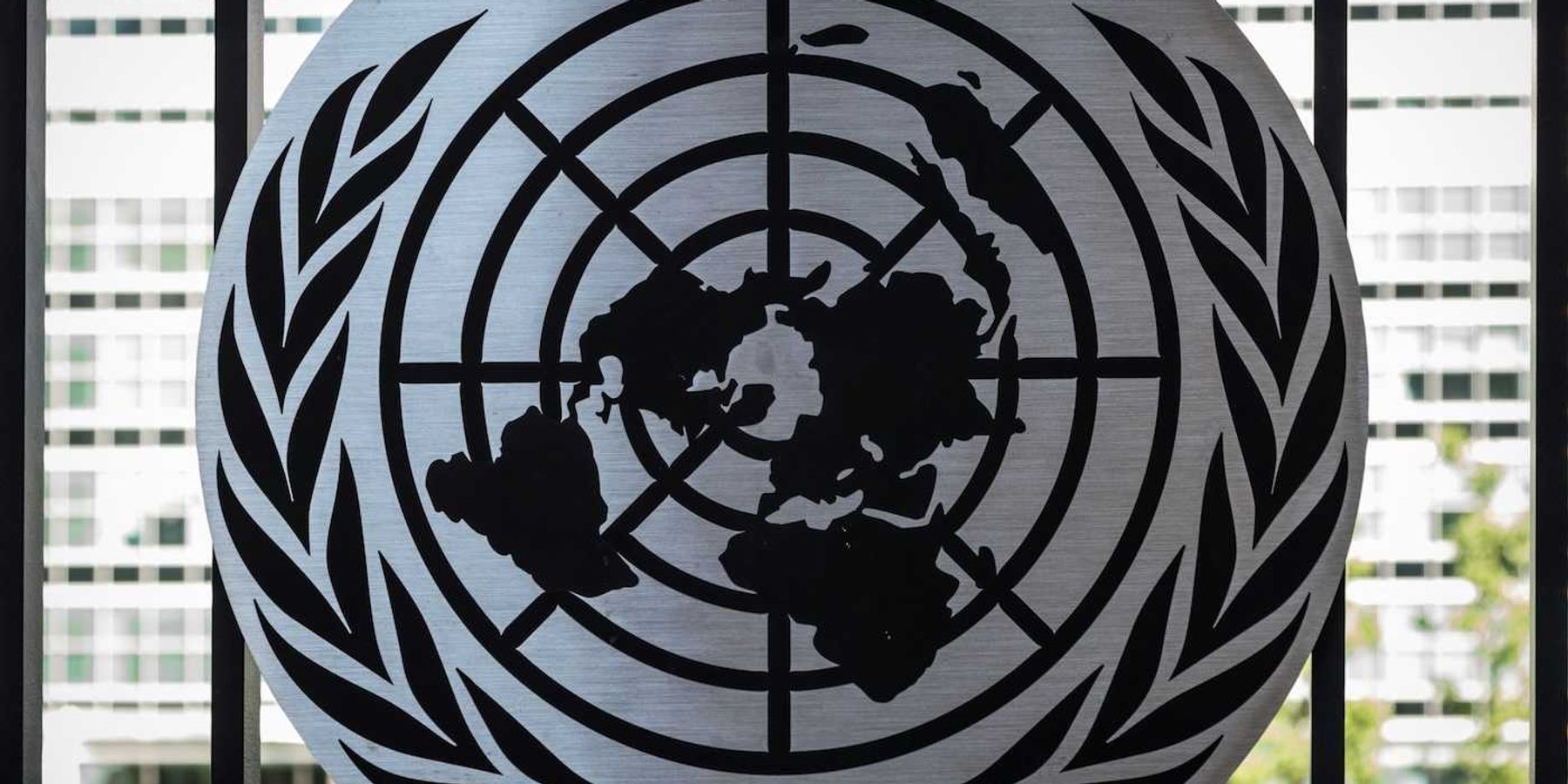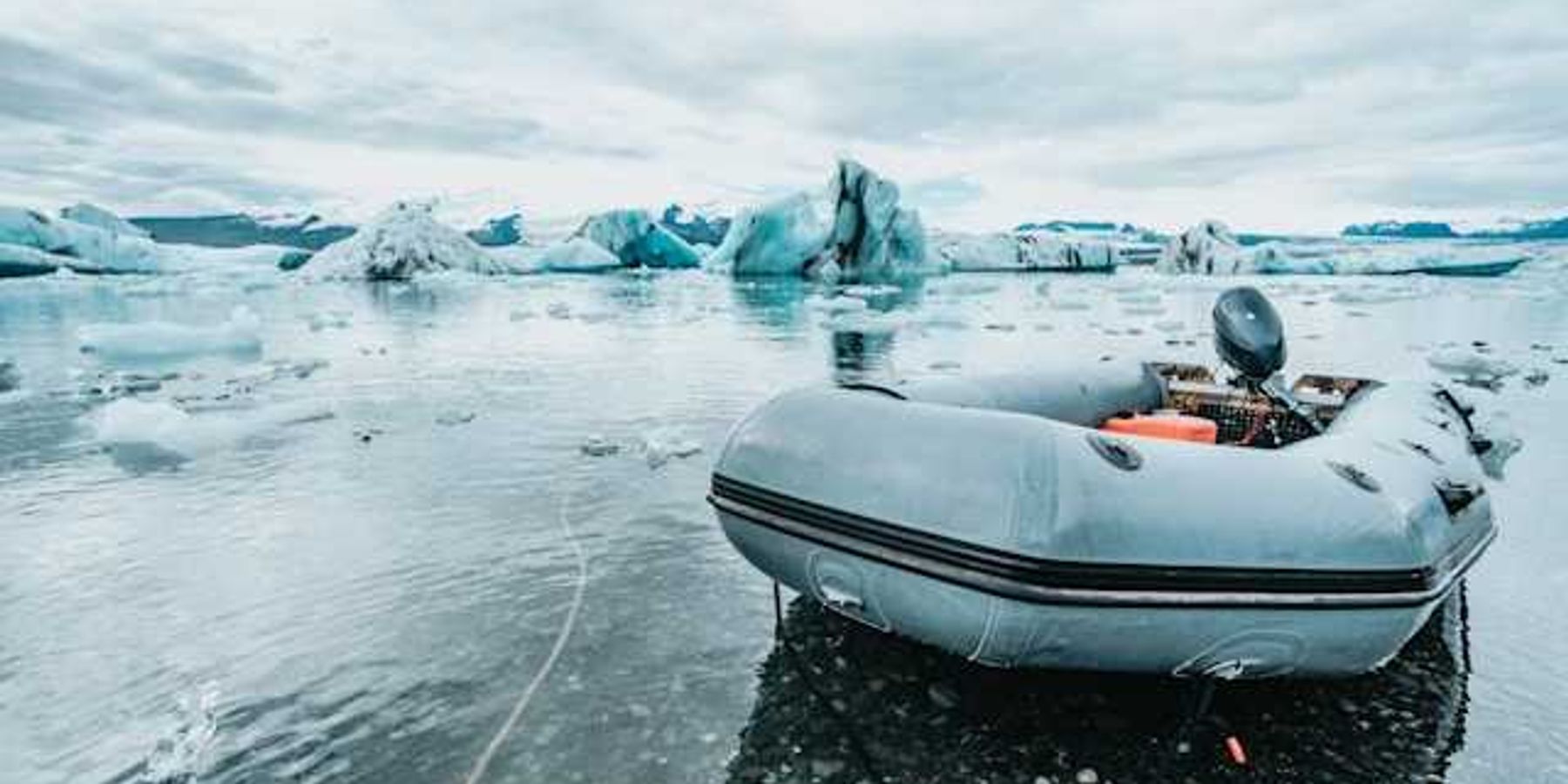offshore wind
Wind companies invest $93M in mid-Atlantic despite looming Trump opposition
The offshore wind industry showed resilience by committing $93 million in bids for mid-Atlantic projects, undeterred by the potential return of Trump to the White House.
In short:
- The Biden administration secured $93 million in bids for offshore wind projects off Delaware, Maryland and Virginia despite industry challenges and political uncertainty.
- Trump has vowed to target the offshore wind industry if reelected, but developers appear confident in the sector's long-term prospects.
- The Interior Department auction results reflect growing state-level commitments to offshore wind, with major projects planned for the mid-Atlantic.
Key quote:
“Today’s lease sale reflects the forward momentum we are seeing to power millions of American homes with clean energy and create good-paying, climate jobs.”
— Ali Zaidi, White House climate adviser
Why this matters:
The auction's success suggests continued confidence in offshore wind development, even as political threats and economic challenges loom. The projects are significant for meeting renewable energy targets and mitigating climate change.
Related: Trump's return could severely impact Biden's wind power initiatives
New England turns to offshore wind for cleaner energy
New England is heavily investing in offshore wind energy to reduce its reliance on natural gas and meet future power demands from electrification.
In short:
- New England's push into offshore wind aims to address concerns about its dependency on natural gas and limited pipeline capacity during extreme cold.
- The Revolution Wind project, delivering energy to Rhode Island and Connecticut, marks significant progress in the offshore wind sector.
- Challenges include supply chain issues, local opposition, and the need for major grid upgrades to handle increased and variable power from wind turbines.
Key quote:
“They can build and design this, it’s really about time, money and the will to do that. The timing piece is the part we’re most concerned with.”
— John Moura, director of reliability assessment at NERC
Why this matters:
Advocates say transitioning to offshore wind is vital for New England's clean energy goals — but it requires overcoming logistical and regulatory hurdles. Success will impact energy reliability and the region's ability to meet rising power demands sustainably.
Offshore wind development faces mixed progress in the Northeast
A broken turbine blade in Massachusetts, a new wind project in New York, and New Jersey research illustrate the mixed progress in the Northeast’s offshore wind industry.
In short:
- A wind farm in Nantucket, Massachusetts was temporarily shut down due to a turbine blade collapse, prompting an extensive cleanup effort.
- New York launched its largest offshore wind project, Sunrise Wind, which will power around 600,000 homes.
- New Jersey allocated nearly $5 million for research to mitigate environmental impacts from planned offshore wind farms.
Key quote:
“We’re making progress in the debris recovery efforts and mobilizing even more resources on the island to hasten the cleanup as quickly as possible.”
— Klaus Moeller, CEO of Vineyard Wind
Why this matters:
Offshore wind farms are celebrated for their potential to provide vast amounts of clean energy, significantly reducing our reliance on fossil fuels. However, the collapse of a turbine blade raises questions about the structural integrity of these massive installations. Ensuring the durability and safety of wind turbines is paramount, not just for worker safety, but also to prevent environmental harm.
Related EHN coverage:
Glauconite disrupts offshore wind plans
A green mineral called glauconite is causing problems for President Biden's offshore wind initiatives by complicating the installation of wind turbines.
In short:
- Glauconite forms a sticky, clay-like layer when disturbed, obstructing the installation of monopiles, which are essential for offshore wind turbines.
- At least four offshore wind projects in New England and New York have been affected by this mineral, threatening their efficiency and economic viability.
- The U.S. Geological Survey and wind developers are researching the extent of glauconite deposits and potential solutions to this issue.
Key quote:
“Our administration has been laser focused on making what many of us thought impossible — a thriving and sustainable domestic offshore wind industry from coast to coast.”
— Interior Secretary Deb Haaland
Why this matters:
Glauconite is hampering efforts to meet ambitious renewable energy targets. The discovery of glauconite in key offshore wind areas also sparks concerns about the ecological impact of extensive drilling and construction activities. Balancing the urgent need for renewable energy with the preservation of marine ecosystems is a delicate task. Scientists and environmental advocates stress the importance of thorough impact assessments and the development of eco-friendly installation methods.
Challenges facing US offshore wind expansion
Efforts to advance offshore wind energy in the U.S. are facing hurdles from economic, political, and misinformation challenges.
In short:
- The U.S. offshore wind industry struggles with inflation, supply chain issues, and political opposition, despite the Biden Administration's support.
- Offshore wind could potentially meet 25% of the nation's energy needs by 2050, yet only four wind farms have been completed since the first proposal in the early 2000s.
- Disinformation, such as claims that offshore wind harms marine life, is further stalling progress.
Key quote:
“There is zero evidence for offshore wind activities causing whale deaths.”
— Helen Rose Patterson, senior campaign manager with the National Wildlife Federation
Why this matters:
Support for offshore wind varies widely across the country, influenced by regional interests and lobbying from traditional energy sectors. Some states, particularly along the East Coast, are pushing forward with ambitious plans and incentives. However, others remain hesitant, often citing concerns about the impact on local fishing industries and coastal tourism. The political tug-of-war can stall progress and create an uncertain regulatory environment.
DOE sets course for offshore wind's integration with national grid
In a move to fortify the U.S. power supply, the Department of Energy outlines a strategy for connecting offshore wind farms to the country's electric grid.
In short:
- The Department of Energy's report suggests building vast power lines across the Atlantic to enhance the connection between offshore wind farms and onshore grids, aiming to alleviate grid congestion and improve reliability.
- This integrated network could facilitate electricity flow to high-demand areas, potentially reducing consumer costs by optimizing between regions with different electricity prices.
- The report highlights the need for standardizing high-voltage direct current technology across offshore wind projects to ensure compatibility and efficiency.
Key quote:
"Offshore wind energy is already powering more than one hundred thousand homes along the East Coast, with the potential to grow and further enhance grid reliability and reduce even more fossil fuels."
— Jennifer Granholm, U.S. Secretary of Energy
Why this matters:
The appeal of offshore wind energy lies in its massive potential to generate significant amounts of electricity without emitting greenhouse gases. For countries with limited land or those looking to diversify their energy mix, offshore wind farms represent an attractive solution. They can be located far enough offshore to reduce visual and noise impacts while still being connected to land-based power grids. In 2017, even the Trump administration seemed to believe in the potential of offshore wind energy.
Biden faces choice between advancing offshore wind and honoring tribal heritage in California
The Biden administration's push for offshore wind farms off California's coast clashes with plans to establish a tribal heritage marine sanctuary.
In short:
- The proposed Chumash Heritage National Marine Sanctuary might block the development of crucial offshore wind projects necessary for California's decarbonization efforts.
- Offshore wind developers are seeking ways to ensure their power lines can reach the mainland without diminishing the sanctuary's size or its significance to the Chumash tribe.
- The situation illustrates a broader struggle to balance environmental protection, renewable energy goals, and the preservation of indigenous rights.
Key quote:
"The ocean should not be the sacrificial lamb for our unquenchable thirst for energy."
— Violet Sage Walker, chair of the Northern Chumash Tribal Council.
Why this matters:
The tension at Morro Bay underlines a critical junction in America's energy transition: how to harmoniously expand renewable energy infrastructure while respecting environmental sanctuaries and Indigenous heritage. This debate isn't just local; it's a snapshot of the larger challenge in aligning environmental preservation with the urgent push for green energy.
The century began with a great deal of optimism around marine protected areas as tools to protect the oceans. Two decades later, conservation goals and fishing interests remain at odds.









